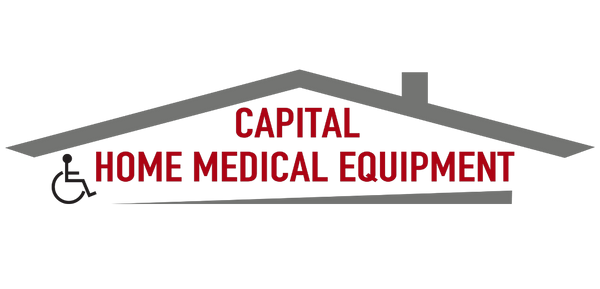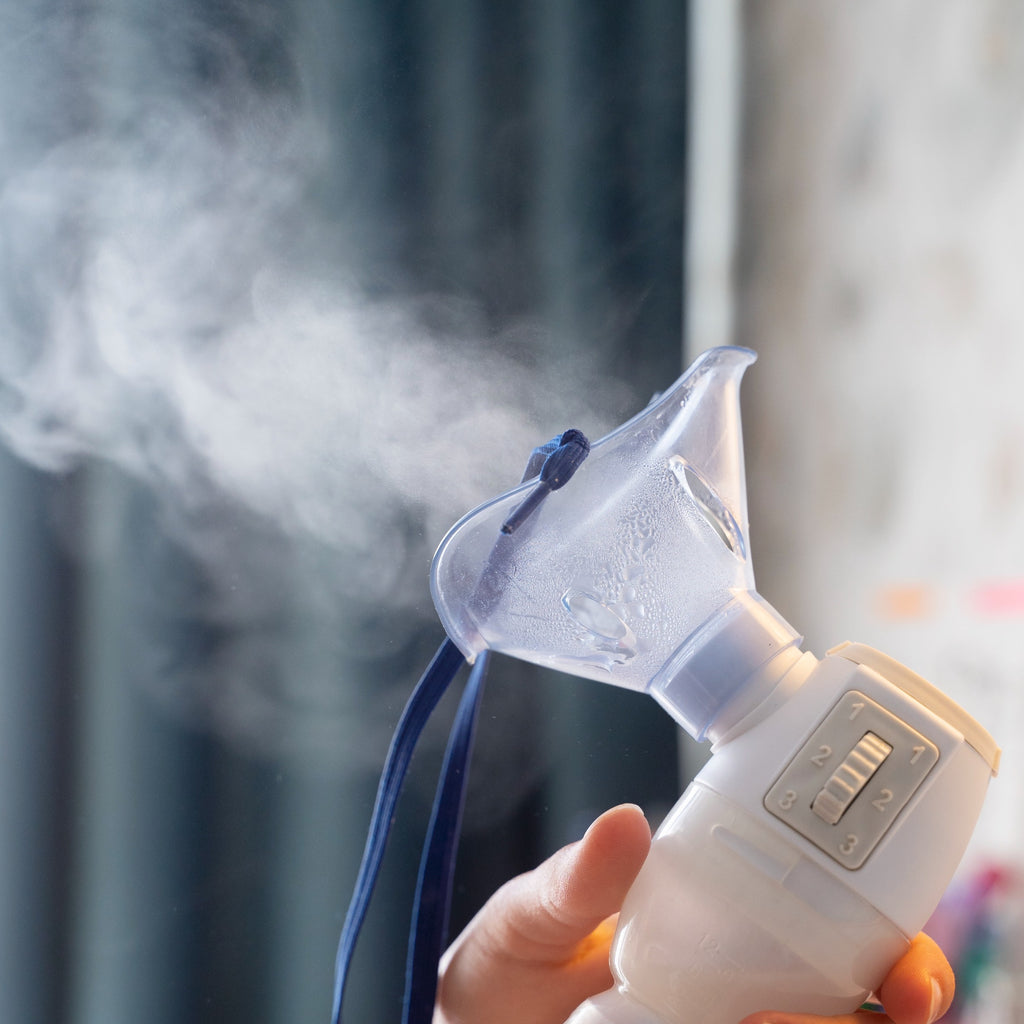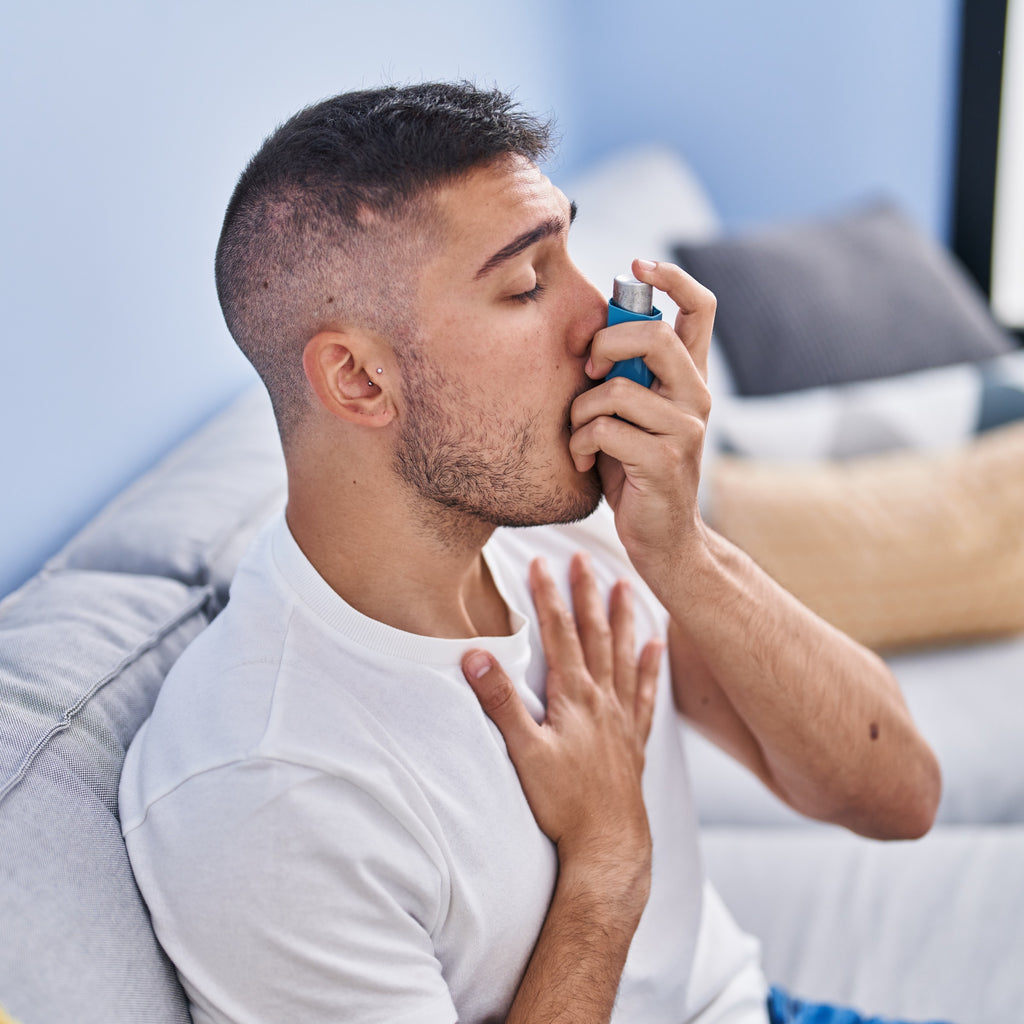Can Pelvic Therapy Improve Incontinence? Find out what a trusted doctor said.
BY Omar MOULAY
Mar 8, 2022
Urinary Incontinence is a medical condition, mostly benign, with many variants and different treatment approaches. So, please get informed, but don’t read too much into it and consult your physician for evaluation and advice for appropriate diagnosis and management.

After reminding simple facts about incontinence, we will show you why and how Pelvic therapy could mean your salvation.
What ? Urinary incontinence is the involuntary leakage of urine. It means a person urinates when they do not want to. Control over the urinary sphincter is either lost or weakened.
Who? Urinary incontinence is more common among women than men.
The chances of it happening increase with age.
Obesity and smoking are both risk factors for urinary incontinence.
Which? Incontinence can happen for many reasons, following different mechanisms. Keep in mind that boundaries between types of incontinence are often not clear, and different mechanisms are arguably found to be combined.
Stress incontinence
the bladder sphincter is too feeble to hold urine against the squeezing effect of an elevated abdominal pressure. Urine leaks out while coughing, laughing, or doing straining activity, such as lifting heavy things or bending. It is the most commonly implicated type of incontinence, and the most sensitive to pelvic therapy.
Urge incontinence
A strong feeling of imminent urination need, with no regard to the amount of urine in the bladder. Urine leaks at the same time or just after. The bladder muscles would contract nervously, losing control over the normal urinating process.
Overflow incontinence
An obstacle keeps the bladder short from emptying correctly and completely. The overfilled bladder can leak unintentionally.
Total incontinence
An obstacle keeps the bladder short from emptying correctly and completely. The overfilled bladder can leak unintentionally.
Functional incontinence
Urine escapes because a person cannot consciously or knowingly control his bladder, ie: while asleep, unaware or unconscious.
Here are Some simple healthy bladder habits that are actually helpful :
Follow a pelvic strengthening fitness routine : Pelvic Therapy
Stay active and mobile
Maintain a healthy weight
Avoid bladder irritants (e.g. caffeinated beverages and alcohol)
Eat more fiber to avoid constipation
Drink divided amounts of fluid (six to eight glasses through the day)
Don’t smoke
Empty your bladder every three to four hours during the day and before going to sleep
Listen to your body : Talk to your doctor about urine loss or other bladder symptoms. There’s no reason to wait!
Pelvic therapy :
A conservative approach to incontinence management addresses pelvic floor muscles weakness, which support the uterus, bladder, small intestine and rectum.
Those are the same muscles you use to stop urination in midstream.
Pelvic floor muscle training has long been the most common form of conservative treatment for genuine stress urinary incontinence, and, less commonly, urgency urinary incontinence
While most presentations have multiple components, stress type will most probably be concerned, and pelvic floor, or Kegel, exercises will more than not, help prevent or at least reduce the symptoms.
Here are some methods you might find to be very helpful. All are known to be safe and effective. Their efficacy seems positively and grossly equivalent, the choice relying more on personal acceptance and ease of use.
Kegel exercises
are a conscious, steady contraction, then relaxation of your pelvic floor muscles, repeated multiple times, through the day. You can do Kegel exercises, also known as pelvic floor muscle training, just about anytime.
There are many apps out there, groups or trainers to help you with motivation and discipline, just like a fitness program would.
Weighted vaginal cones
can be used to help women to train their pelvic floor muscles. Cones are inserted into the vagina and the pelvic floor is contracted to prevent them slipping out. It adds an objective dimension for really contracting the intended muscle.
Transvaginal pelvic floor electrical stimulation
A Pelvic Floor Exercise Stimulator sends gentle electrical discharge to the pelvic floor muscles, through a tampon shaped vaginal probe, surface electrodes on the skin or a probe placed into the anus.
Using programs to stimulate
muscles and soothe an overactive bladder, you won’t need to do anything but place the probe where intended and let the machine do the work.
Disclaimer :
This blog is for general education and does not intend to replace your professional advisor
Please don’t buy from unprofessional sellers
Please share your intended use with your Doctor, Pharmacist or Health Supplier



